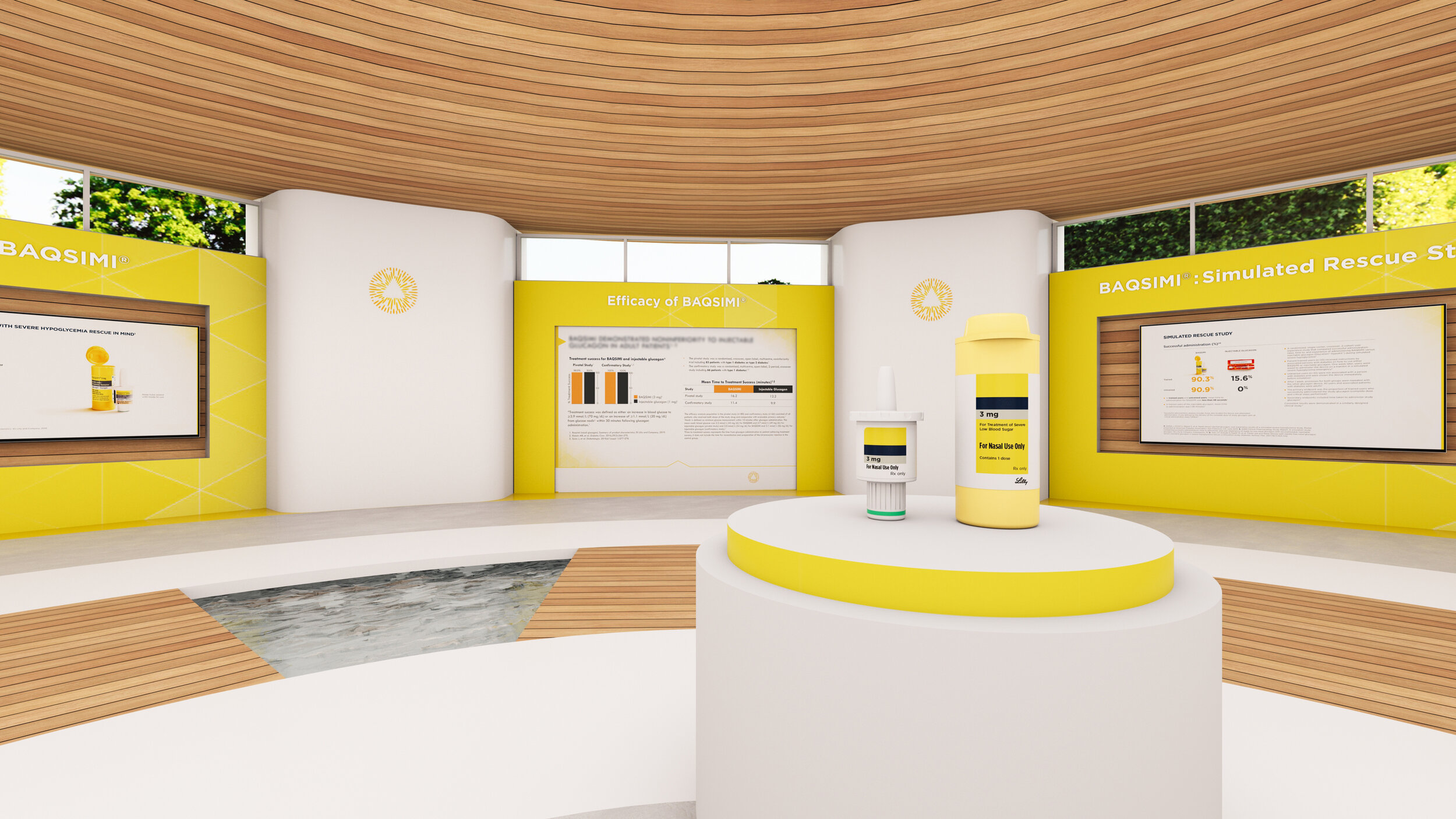Virtual vs Physical Events – How to Make the Call
Both now and in the future, virtual and physical events will have a place in the marketing mix.
First published: Hospitality and Events North
Of course, people crave connection – but they also seek convenience. Businesses need to save costs too, now more than ever, especially as audience levels are harder to predict. As companies make strategic decisions on real and virtual exhibit spend in the remaining Covid-19 period and beyond - when this period’s experiences and outcomes will continue to shape our industry – clarity around the pros and cons of each is vital.
Here’s our guide to the advantages of each to help with that calibration.
Six Advantages of Virtual Events
Physical events can be extremely costly for event organisers and corporate participants, from renting event space and hiring caterers to paying employee travel costs and putting speakers up in hotels and so on. Hosting a virtual event means greatly-reduced overheads.
Virtual events offer more flexibility. Depending on a programme’s complexity, virtual events can be set up and run on a much shorter timescale than physical events, providing an agile solution in times of necessity. Virtual venues are also not geographically-limiting, with attendees able to view content from wherever they are in the world via their browsers. This ensures not only access to event content but extends the potential reach of core messaging.
In-demand speakers may agree to speak for a fraction of the price at virtual events because of not having to travel. Organisers can potentially therefore afford better – and more - speakers for the same price. Virtual events can facilitate multiple speaker sessions simultaneously, just like live events, allowing audiences to access the most useful and relevant content streams, but crucially, delegates can re-visit a missed speaker without having to choose between competing keynotes. More high-quality speakers should translate into higher numbers of potential business development leads.
During physical events, meeting slots are limited. Data gathered might end up scribbled on a piece of paper to be transported back to the office, with GDPR ramifications also to be considered. Virtual events make data collection easier and allow for more effective follow-up, as well as detailed trackable visitor behaviour, ranging from types of content being viewed to who is being engaged with and which resources are being downloaded. An event’s ROI targets are much more tangibly assessed in this way - and at greater speed.
During the event, instant feedback can be encouraged and responded to from live audiences, allowing organisers to analyse and improve future events.
Taking an event online lessens the environmental impact of travelling to and from a venue, with an inevitable impact on an event’s carbon footprint.
Six Advantages of Physical Events
Virtual events are impersonal by their very nature. The personal chemistry so often the key driver to new business partnerships cannot possibly be replicated in this format, thereby lessening the creation of memorable new working relationships.
Face-to-face events leverage the five senses and have the ability to immerse attendees in a purpose-built event setting, where products and services can be seen more clearly, touched and quality-tested, impacting on attendees on a deeper, more significant level.
Whilst computer software leads people through ultra-logical steps in a machine-led process, true-life business engagements can become meaningful through serendipity and coincidence, as well as humour or chance.
Event sponsorship is more challenging at a virtual than a physical event. If you plan to take out sponsorship within virtual events, you really have to scrutinise event organisers – and with much less surety of outcome. What are they doing to help promote sponsors before and during the event, for example, to justify your investment? Forming a connection with attendees at virtual events is far more difficult than making your brand and message visible within physical exhibition halls. Visual information is much easier to ignore online.
There is more focus and excitement at a physical event. Delegates are rarely fully immersed within a virtual conference and it’s hard to keep people’s attention. A virtual event can be just another open browser on a laptop and most people are likely to be doing something else whilst attending. A physical event plays entirely to a captive audience.
Whilst a physical event might last 3 days, with delegates often around for the full duration, a digital version might last 3 hours. Sustaining interest over time is much harder virtually, with attendees more mission-based, predisposing them to limited interest. Secondary social events at a physical show will always have the attraction of more informal interaction.
Virtual event solutions certainly have their place in the overall marketing mix and will be a growing part of hybrid strategies used to complement live event schedules. In-person, physical events remain unrivalled in their valuable ability, however, to bring audiences together, evoke emotional responses and drive action. Clear decisions on the advantages of each means a wiser spend with a realistic view of what can be gained – at what cost and at what price.
Thank you for reading.
We’d love to hear your thoughts. Post a comment below or if you would like to find out more, please do get in touch.




